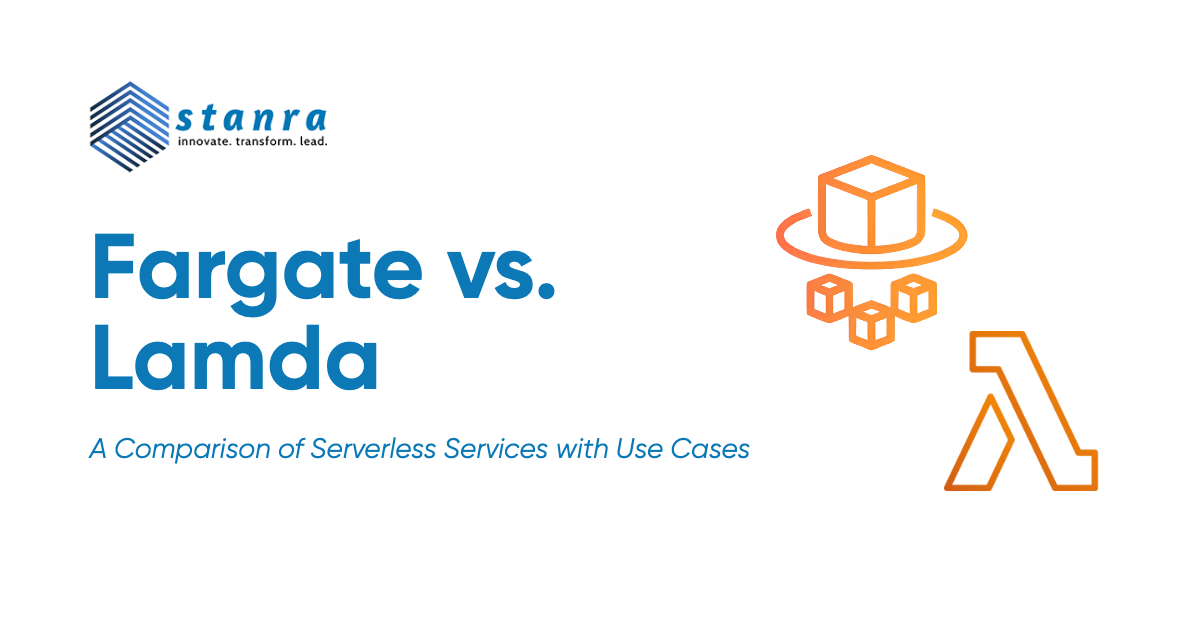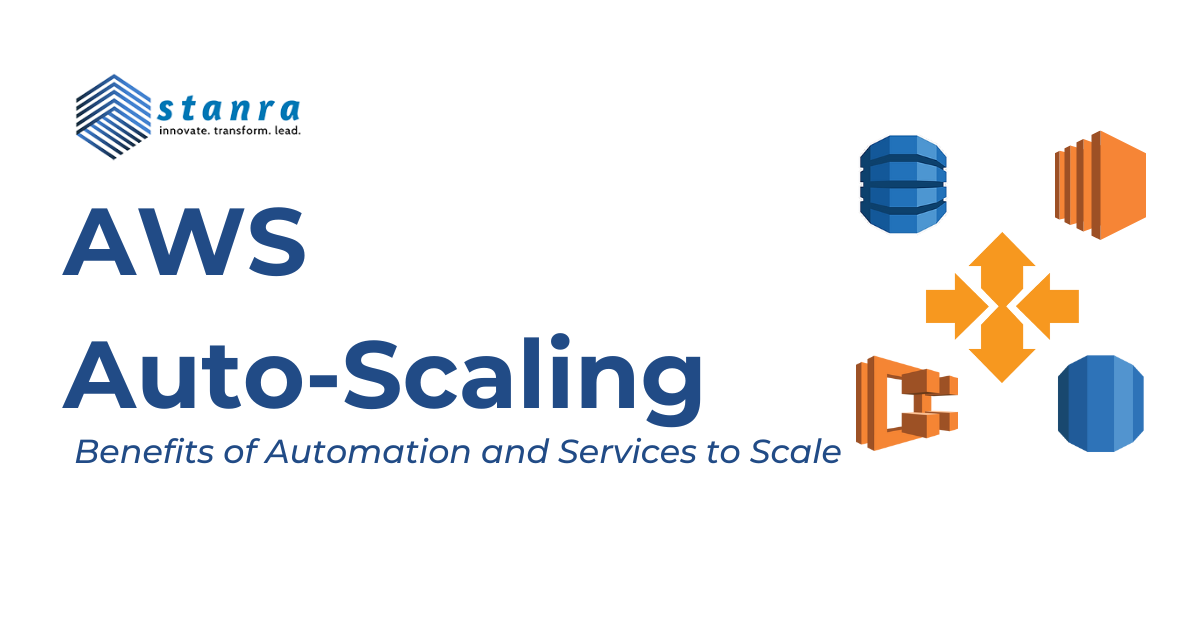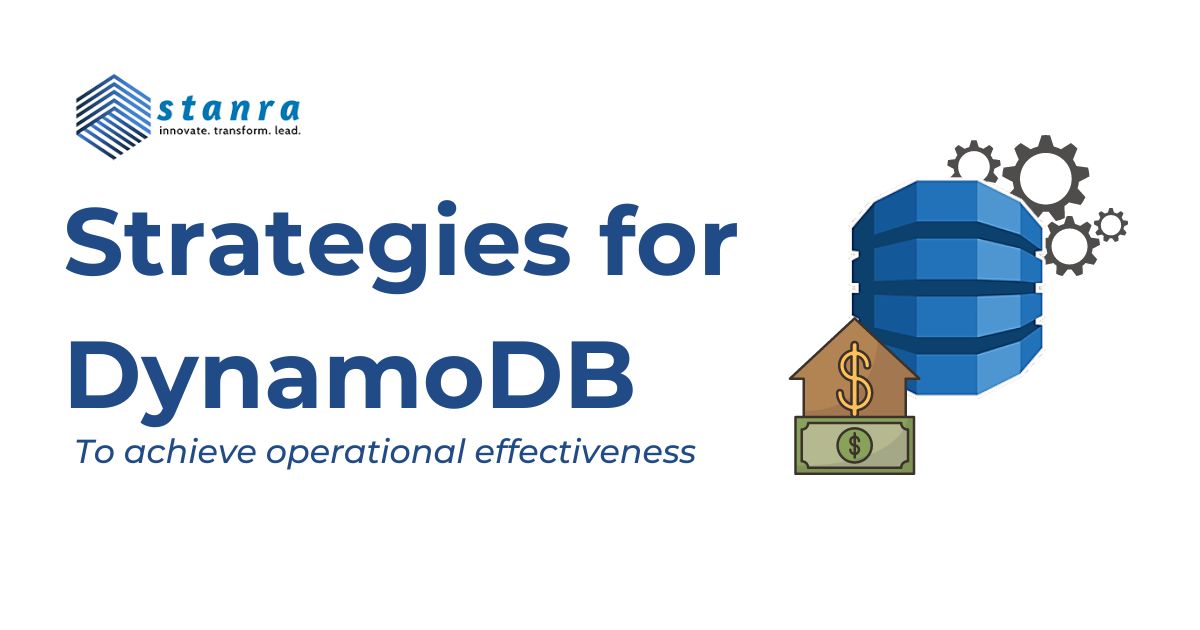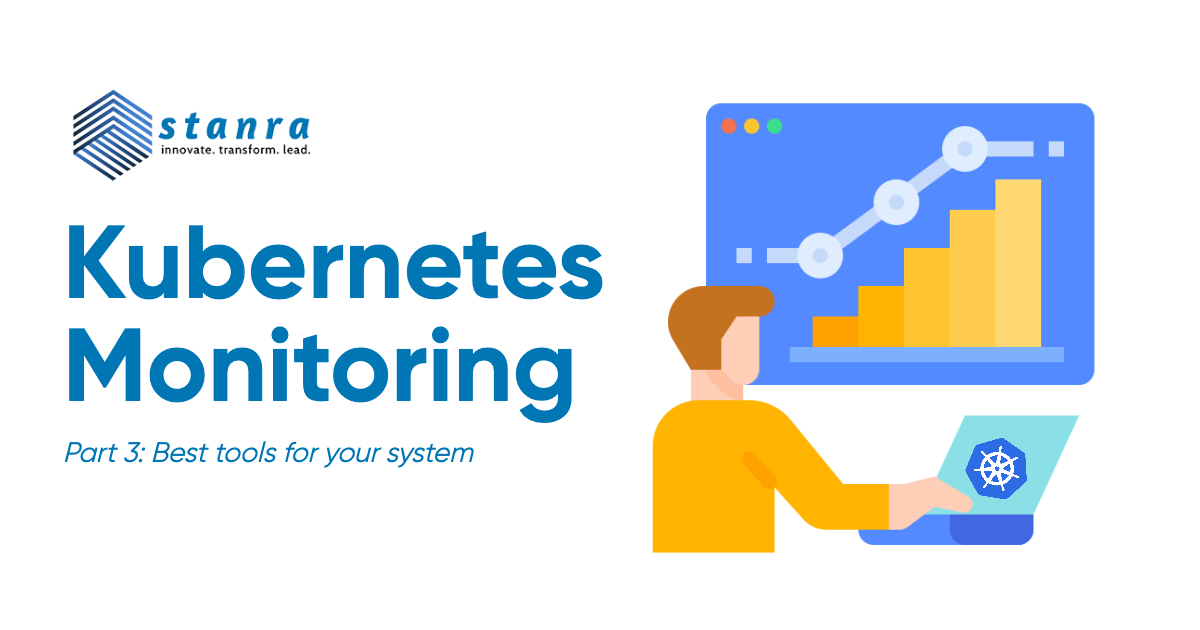Serverless computing is aimed toward eliminating the management of hardware, operating systems and containers over which your application or code runs. This leads to a business culture that is focused on value-driving products without worrying about the underlying infrastructure. AWS provides two kinds of serverless services with varying degrees of freedom and flexibility that is offered to its customers. But choosing the right service that fits your serverless project can be challenging. This article compares the two serverless compute services provided by AWS based on performance, pricing, scalability and use cases.
What is AWS Fargate?
Launched in 2017 after both EC2 and Lamda, it tries to strike balance between the two by providing a bit more flexibility to the user. When we explore ECS or EKS options with EC2, it requires you to create many configurations and manage the infrastructure which does require you to familiarize yourself with numerous components and resources needed. AWS Fargate lets you compute without managing the infrastructure. Users can launch container-based applications much more effortlessly with ECS or EKS. While you focus on building your applications, AWS does the heavy lifting of provisioning, configuring and scaling servers. All you need to do is define the infrastructure parameter in the beginning and AWS Fargate launches the containers for you.
Tangent Works, which automates the machine learning modelling processes so companies can make better use of their data, implemented AWS Fargate to reduce the time taken to create AI models from weeks to a few seconds. By using EKS through AWS Fargate, Tangent Works was able to cut staff time spent on infrastructure and speed up customer onboarding.
What is AWS Lamda?
Lamda is an event-driven compute service that enables you to run your code in response to events and automatically provides and manages the compute resources required. It reduces the flexibility even further from AWS Fargate but also entirely removes the operational overhead of managing everything else but your code. Since Lamda is invoked as a function, AWS has incorporated it in many of its services and designs.
LifeOmic, a software company that builds health solutions that power analytics, interventions and engagement solutions for improving health outcomes incorporated a serverless architecture on AWS to achieve 50% cost savings. Now it makes an average of 100 production deployments updates per day and scales automatically to meet peak demand. Further, using the serverless infrastructure improved employee recruitment and retention and helped the company achieve compliances quickly.
Performance Comparison
Both Fargate and Lambda run on the same on-demand principle but they differ in their startup times and the total time they can stay active. While Lamda can start up in less than 5 seconds, this function can run for a maximum of only 15 minutes, after which it would automatically shut down. This can cause cold starts but is a suitable option if you want to run a small code often and do not mind the initial few seconds for the startup. Fargate on the other hand can take anywhere between 60-90 seconds for startup and has no runtime limitations so the environment always remains in a warm state. But if your application is to accommodate for sudden spikes of requests then it will take longer to scale up.
Pricing Comparison
Fargate and Lambda completely differ in their billing models. Fargate pricing is calculated based on the allocated CPU infrastructure, memory, storage and OS being used per second. So, your cost is calculated from the time you download a container image until a task terminates. On the other hand, Lamda pricing is calculated based on per milliseconds of memory, runtime and network traffic used by the function which further depends on the total number of requests. There is also a limitation on the max usage. A Lambda function can use a maximum of 3GB of memory and the CPU is allocated based on the amount of RAM selected.
Maintenance and Scalability Comparison
Even though these services take off the responsibility of managing the infrastructure and narrow down the job to just focusing on code development, both the services have some differences when it comes to maintaining and scaling. Lambda functions are scalable by design so they automatically launch instances to meet any increasing demands but you have to set up autoscaling in Fargate. While Lambda functions have the ability to scale down to 0, Fargate cannot be entirely scaled down which adds to its maintenance. Lamda might seem like a better option after the last two statements but this capability of Fargate actually gives developers more control over their application.
Stanra Tech Solutions is a Select AWS Consulting Partner with an expert team of AWS-certified professionals who can assist you with the development of serverless solutions using the right AWS services and practices. We have helped customers across various industries with their digital transformation journey of building and deploying large-scale cloud applications, and migrating apps and workloads to the cloud.
Connect with us to learn more about how we can help you leverage the best cloud technologies for your project.







Leave A Comment